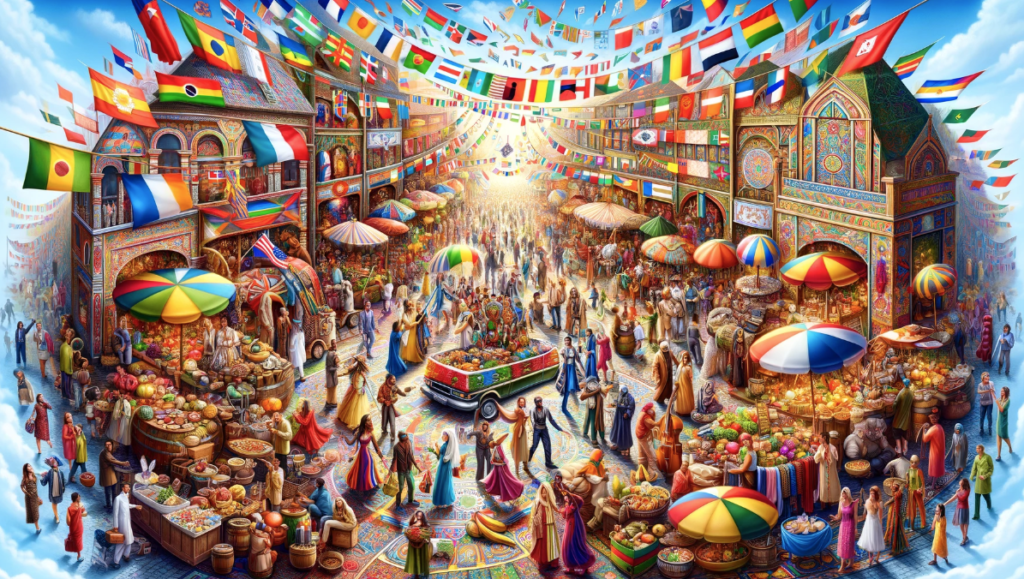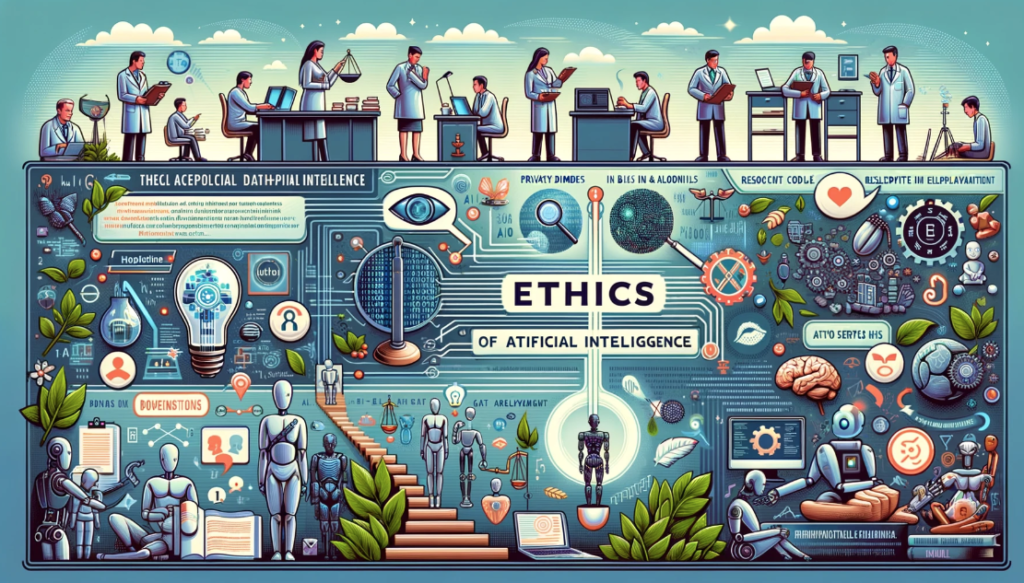Lesson 45. Art and Creativity (芸術と創造性)

▮ Explanatory Text:
Art and creativity play a crucial role in human expression, allowing us to share our perspectives, emotions, and experiences in unique ways. Through various forms of art, such as painting, music, literature, and dance, we can explore our creativity, connect with others, and understand the world around us. Discussing art and creativity not only enhances our appreciation for the arts but also encourages us to discover our own creative outlets.
▮ Common Phrases:
1. I find inspiration in…
2. My favorite form of art is…
3. I enjoy creating…
4. Art helps me to…
5. A piece of art that speaks to me is…
▮ Example Sentences:
1. I find inspiration in nature and the changing seasons.
2. My favorite form of art is watercolor painting because of its fluidity and unpredictability.
3. I enjoy creating short stories that explore different aspects of life.
4. Art helps me to express emotions that are hard to put into words.
5. A piece of art that speaks to me is Van Gogh’s “Starry Night” because of its emotional depth and use of color.
▮ Discussion Instructions:
Discuss your relationship with art and creativity. Share what forms of art you enjoy, any creative hobbies you have, and how art impacts your life. Talk about a piece of art that is significant to you and why. If you create art, describe what motivates you and what you aim to express through your work. Use the phrases introduced in this lesson to articulate your thoughts and experiences.
※ This lesson plan is designed to encourage students to explore and share their experiences with art and creativity. It aims to build vocabulary related to artistic expression and to foster a classroom environment where students feel comfortable expressing their individual perspectives and creative interests.















